The term ‘Rubenesque’ has become something of a cliché but Jenny Saville’s fresh take on the Flemish master’s legacy provides an alternative perspective.
Nestled in a gallery adjacent to a room called ‘Lust’ is an exhibition within an exhibition, a brief detour from the rosy nudes hanging near its entrance. ‘La Peregrina’ is a display curated by Royal Academician Jenny Saville in response to ‘Rubens and His Legacy’ at the Royal Academy in London. Saville’s title refers to a famous pearl, and is influenced by the origin of the word baroque, meaning imperfect pearl, which was first coined as an insult to describe the florid art of the 17th century.
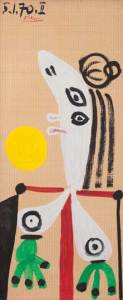
Buste de femme (1970), Pablo Picasso © Succession Picasso/DACS, London 2015. Courtesy of Gagosian Gallery. Photo: Zarko Vijatovic
It is a strange, jarring experience to enter Saville’s room – to move from the dimpled pastel flesh of a sleeping nymph to a tiny blue cubist portrait by Picasso. Two paintings by Lucian Freud hang nearby. Like Rubens, he revelled in the ample contours of his weighty model, but unlike the baroque master, he depicted his subjects in the cold light of day. Pinks are tempered by beige and grey and his figures are stripped of accoutrements and allegory. No opulent surroundings for Freud’s women; instead they must sprawl across threadbare furniture and crumpled sheets.
You might also expect then to find examples of Saville’s own uncompromising nudes, rendered in her characteristically buttery oil paint, but instead the artist has chosen to include a huge charcoal drawing entitled Voice of the Shuttle (Philomela), inspired by Ovid’s tale of rape, mutilation and revenge. Two severed heads sit above a confusing mass of bodies in a war-torn landscape. The only colour is a shocking tangle of blood-red chalk lines. By now it is clear that Saville is reaching beyond the obvious; she is teasing out and amplifying the grand themes of Rubens’s work while resolutely defying expectations. Where women are depicted succumbing to violent fates throughout the baroque (Rubens himself painted common narratives like The Rape of the Sabine Women, The Rape of the Daughters of Leucippus as well as scenes from the story of Philomela), Saville steers away from obvious motifs in her own re-imagining of a classical tragedy. All action is omitted as she deals with the eerie aftermath of violence.
And so Saville’s exhibition is an unsettling one. Rubens’s work too, can be thought-provoking and moving, shocking even, but by and large his teeming canvases are a monument to his sheer virtuosity; he was, arguably, the first rococo genius. In the 20th and 21st centuries, without the baroque veneer, without the pearls and putti, we are left with the raw essentials of the themes represented in the adjacent exhibition. The sickly pink hues that Rubens favoured are taken from the cheeks of cherubs and distilled by de Kooning, who applied them to the canvas with expressionist fervour, while the female form, so beloved by the Flemish master, is dissected, abstracted and reassembled in Sarah Lucas’s work. Her piece, Two Fried Eggs and a Kebab (1992), is a playful and irreverent reworking of an age-old theme. Similarly, Rebecca Warren abstracts the body to such an extent that it amounts to a breast on a stick, a grotesque bronze totem pole dribbled in paint.
This exhibition is as much about Saville’s inspirations as it is about modern artists who have been influenced by Rubens, but it is no less interesting for that. To reach her display you must first negotiate numerous galleries packed with a heady mix of fleshy classical heroes, biblical scenes, bucolic landscapes and mind-boggling creatures writhing and fighting and maiming. As enthralling as it is, it’s enough to tire even the most ardent art historian. ‘La Peregrina’, by contrast, is like a dip in icy water. It snatches us from the pearly world of buxom beauties, and brings us back down to earth.
‘La Peregrina’ is at the Royal Academy of Arts, London, until 10 April.
Related Articles
First Look: ‘Egon Schiele – Jenny Saville’ at the Kunsthaus Zürich (Oliver Wick)
The Way of All Flesh: Berlinde de Bruyckere (Matilda Bathurst)
First Look: ‘Rubens and his Legacy’ at BOZAR, Brussels (Nico Van Hout)
Unlimited access from just $16 every 3 months
Subscribe to get unlimited and exclusive access to the top art stories, interviews and exhibition reviews.

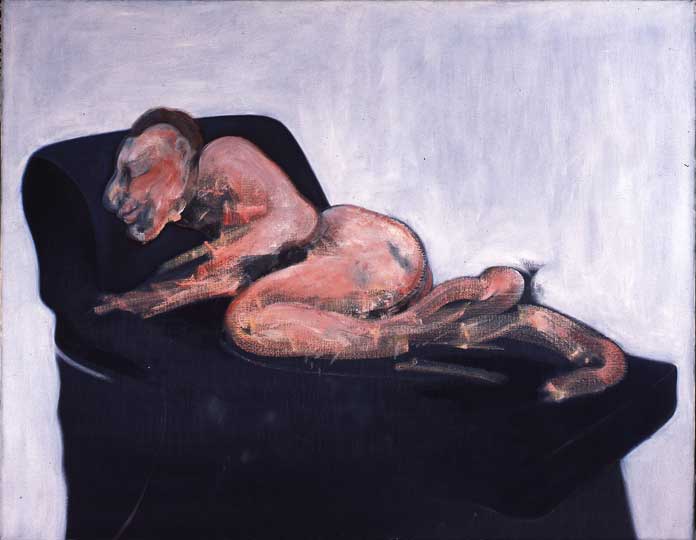
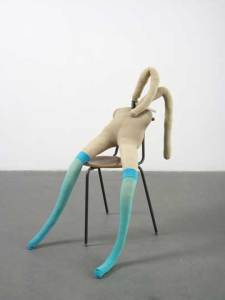
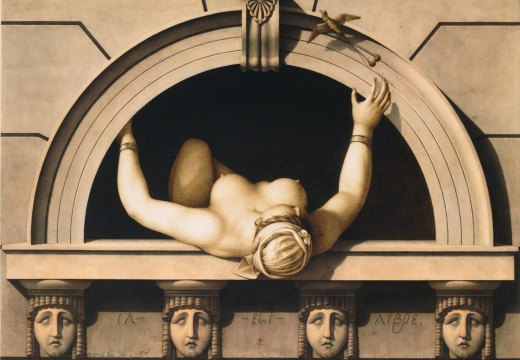
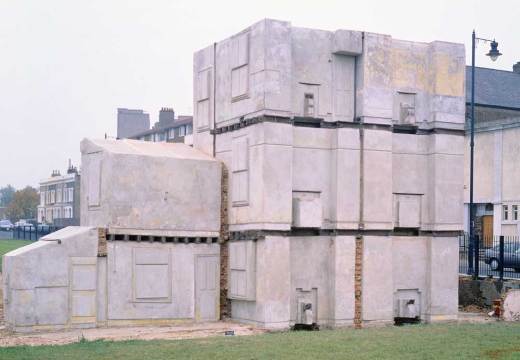
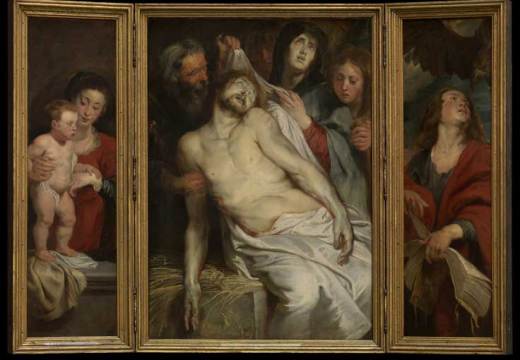









![Masterpiece [Re]discovery 2022. Photo: Ben Fisher Photography, courtesy of Masterpiece London](http://www.apollo-magazine.com/wp-content/uploads/2022/07/MPL2022_4263.jpg)
Why are fathers so absent from art history?